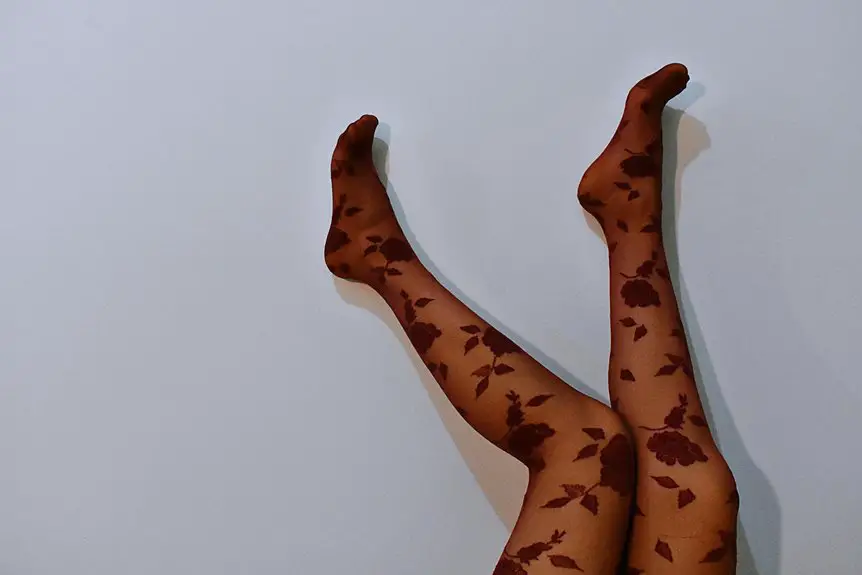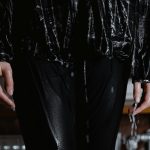When you choose technical apparel, moisture-wicking is one feature you don’t want to overlook. It’s designed to pull sweat away from your skin, helping you stay dry and comfortable, even during intense workouts. But how exactly does this fabric work, and why does it matter beyond just comfort? Understanding the science behind moisture management can change the way you pick your gear—and could improve your performance in unexpected ways.
Table of Contents
Key Takeaways
- Moisture-wicking fabrics pull sweat away from the skin to the fabric’s outer surface for quick evaporation and dryness.
- These fabrics regulate body temperature and reduce chafing, enhancing comfort during physical activities.
- They help prevent skin irritation, infections, and rashes by maintaining a dry environment.
- Synthetic fibers like polyester ensure durability and maintain moisture-wicking performance over time.
- Breathable structures allow air circulation, improving comfort in diverse environmental conditions.
How Moisture-Wicking Fabrics Work
Although moisture-wicking fabrics might seem like simple materials, they use advanced fiber technology to pull sweat away from your skin.
You’ll find that the fabric composition plays an essential role—fibers are engineered to create channels that facilitate moisture transfer. Instead of absorbing sweat like cotton, these fabrics quickly move moisture from your skin’s surface to the outer layer, where it evaporates faster.
Fabric fibers are designed with channels that swiftly transfer moisture from skin to surface for quicker evaporation.
This process keeps you dry and comfortable during physical activity or daily wear. When you choose moisture-wicking apparel, you’re relying on this efficient moisture transfer to regulate your body temperature and reduce chafing.
Understanding how these fabrics work helps you appreciate the science behind technical apparel and how it supports your comfort throughout the day.
Advantages for Athletes and Active Lifestyles
When you push your body during exercise, moisture-wicking apparel keeps sweat off your skin, preventing discomfort and chafing. This feature plays a vital role in athlete comfort, allowing you to focus fully on your performance without distractions.
By efficiently managing moisture, these fabrics help regulate your body temperature, which contributes to performance enhancement. You’ll notice you stay dryer and cooler, reducing fatigue and sustaining energy levels longer.
Whether you’re running, cycling, or doing intense workouts, moisture-wicking clothing supports your active lifestyle by preventing the clingy, heavy feeling caused by sweat-soaked clothes.
Choosing the right technical apparel means you can train harder and recover faster, making every session more effective and enjoyable.
Health Benefits Associated With Moisture Management
Since moisture-wicking fabrics keep sweat away from your skin, they help prevent irritation and skin infections that can arise from prolonged dampness.
By maintaining a dry environment, these fabrics support your skin health, reducing the risk of rashes and discomfort during physical activities.
Additionally, moisture-wicking apparel aids in preserving your body’s hydration balance by allowing sweat to evaporate quickly, which helps regulate your temperature and keeps you feeling fresh.
When your body effectively manages moisture, you avoid excess fluid loss and overheating, both vital for overall well-being.
Wearing moisture-wicking clothing not only improves comfort but also promotes healthier skin and supports your body’s natural hydration processes, making it an essential choice for anyone seeking to enhance their health during exercise or daily wear.
Technical Characteristics and Durability of Moisture-Wicking Materials
Understanding the health benefits of moisture-wicking fabrics sets the stage for exploring what makes these materials perform so well over time.
You’ll find that breathability factors play a vital role; fabrics designed with microfibers or mesh structures allow air to circulate, keeping you cool and dry. These technical characteristics guarantee moisture moves away from your skin quickly, enhancing comfort during intense activity.
When it comes to fabric longevity, moisture-wicking materials often include synthetic fibers like polyester or nylon, which resist wear and maintain their shape despite frequent washing.
Plus, treatments like durable water repellent coatings help preserve function without compromising breathability. By choosing apparel with these features, you guarantee your gear lasts longer, performs consistently, and keeps you comfortable across many uses.
Practical Uses and Environmental Comfort Considerations
Although moisture-wicking fabrics excel in technical performance, their true value shines in real-world settings where comfort and practicality matter most.
When you wear moisture-wicking apparel, you benefit from enhanced temperature regulation, which keeps you comfortable whether you’re hiking, running, or working outdoors. These fabrics pull sweat away from your skin, allowing it to evaporate quickly and preventing that clammy, sticky feeling.
Fabric breathability plays an essential role here, letting air circulate freely to cool your body naturally. This is especially important in varying environmental conditions, from hot, humid days to cooler, windy evenings.
Frequently Asked Questions
Can Moisture-Wicking Fabrics Be Recycled or Are They Environmentally Sustainable?
Imagine a river trying to flow through a clogged pipe—that’s recycling moisture-wicking fabrics. You’ll face recycling challenges, but by supporting sustainability practices, you can help clear the path toward more eco-friendly solutions in technical apparel.
How Do Moisture-Wicking Fabrics Compare in Cost to Regular Fabrics?
You’ll find moisture-wicking fabrics usually cost more than regular fabrics due to advanced materials and technology. However, their fabric durability often justifies the price, offering better long-term value in cost comparison.
Are Moisture-Wicking Fabrics Safe for Sensitive Skin or Allergies?
Like a gentle breeze on a sunny day, moisture-wicking fabrics usually keep sensitive skin comfortable and help prevent allergy reactions. But you should always check labels and test for any irritants before fully trusting them.
What Care Instructions Best Preserve Moisture-Wicking Properties?
You should follow care tips like washing with cold water and avoiding fabric softeners. Use gentle washing methods and air dry your gear to preserve moisture-wicking properties and keep your technical apparel performing well longer.
Can Moisture-Wicking Fabrics Be Blended With Natural Fibers Like Cotton?
You can blend moisture-wicking fabrics with natural fibers like cotton using advanced blending techniques. This combo enhances fabric performance, balancing breathability and moisture management, so you get comfort without sacrificing the technical benefits you need.







